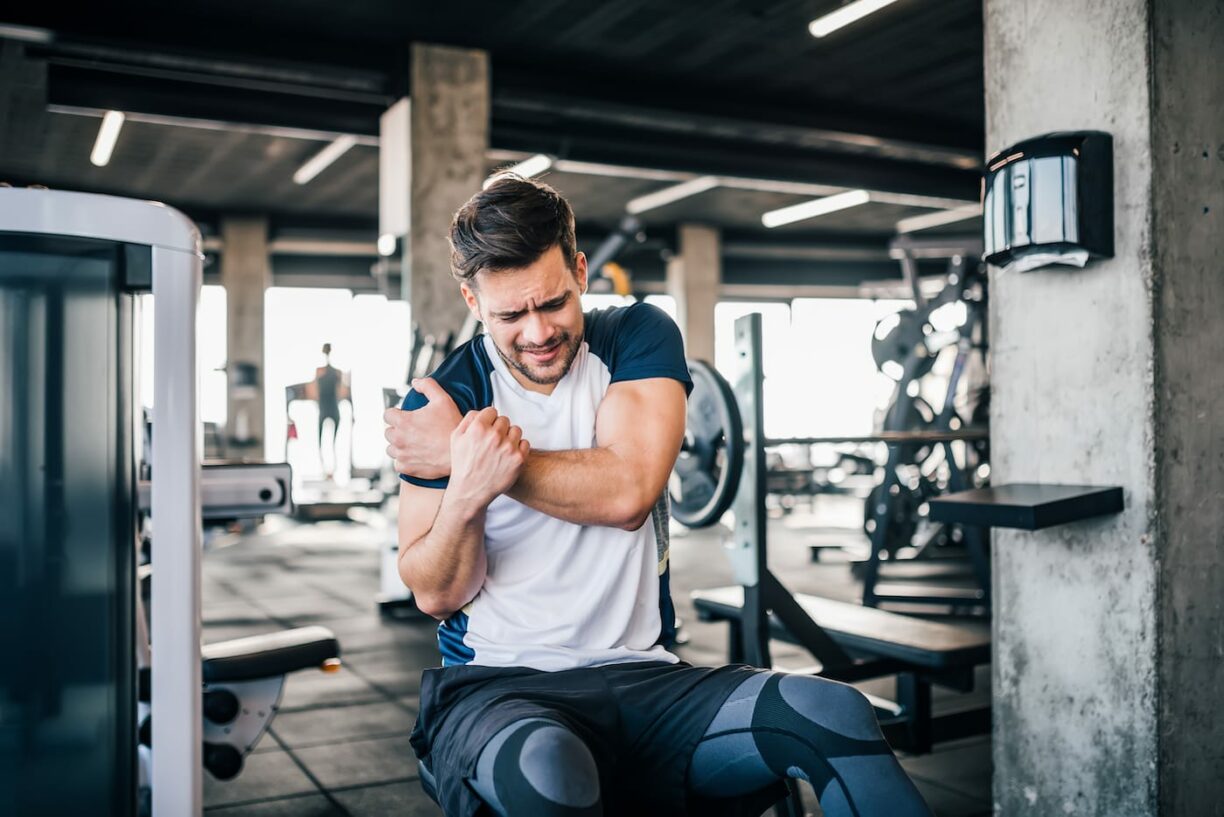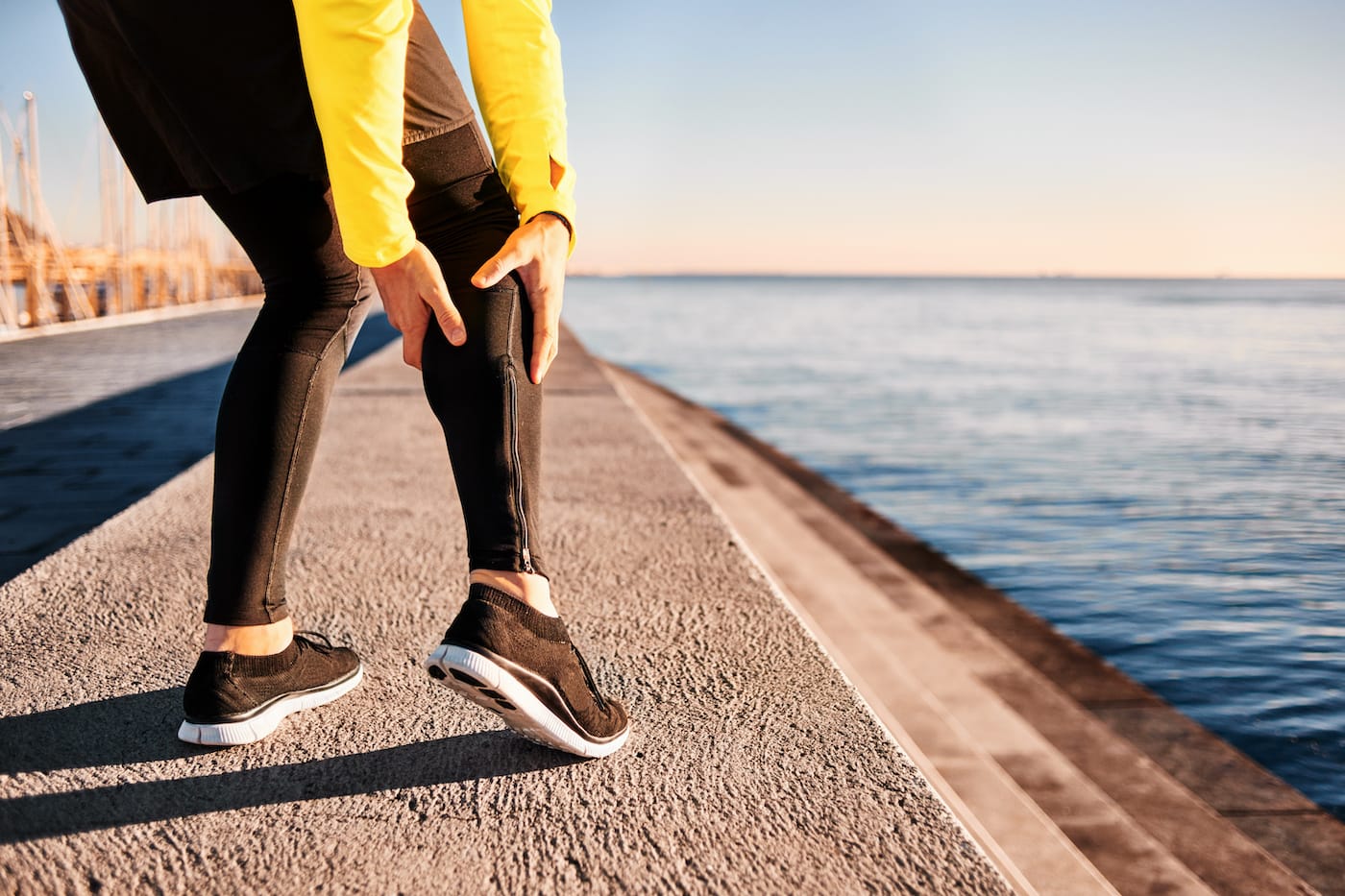As many strive to reach their fitness goals in time for summer, there has been an increase in Google searches for keywords relating to DOMS (Delayed Onset Muscle Soreness).
Searches for whether it is safe to train with DOMS has increased by 89% YoY and searches on how to recover from sore muscles has increased by 50% YoY showing a high demand for advice on what DOMS are and whether they should be of concern.

Maximuscle’s Sports Scientist and Performance Nutritionist, Gareth Nicholas, has compiled a guide on how to tackle DOMS so they don’t doom your New Year fitness goals.
We spoke to Maximuscle’s, Sports Scientist and Performance Nutritionist, Gareth Nicholas, to find out further:
What are DOMS?
DOMS (Delayed Onset Muscle Soreness) are common aches and pains after you’ve been training. DOMS is caused by micro-tears in your muscles which causes inflammation.
Once given enough time, DOMS will heal and you will be able to continue your training as normal.
If you are new to training, trialling a different programme or haven’t trained in a while, you will most likely experience DOMS and it may take a little longer than usual to recover from them.
DOMS usually occur the day after one of your first workouts back at the gym. These aches and pains will soon fade provided you are taking time to rest and are consuming the correct nutrients to aid recovery.
It is key to note that DOMS affect people differently. Some may be able to go about normal day-to-day activities and others may be unable to carry out small muscular movements.
How To Recover from DOMS:
REST
Rest is always important in training. If you are suffering with DOMS your body will need to heal and it is likely that your workouts won’t be as efficient if you are still suffering with DOMS.
I advise leaving at least 24 hours between workouts to ensure that the pain you are feeling is DOMS rather than an injury you have encountered whilst training.
DOMS can last anywhere between 24-72 hours. The pain of DOMS should subside in a couple of days, you should feel your aches ease slightly and you are able to carry on with your training schedule.
If you continue to train consistently then your body will build a tolerance to exercise again, meaning DOMS is less likely to occur.
The RICE method
The RICE method consists of rest, ice, compression and elevation and it should help with recovery with DOMS.
A gentle massage of the muscles will also help to get the blood pumping around the affected areas to speed up the recovery process.
PROTEIN
Of course, increasing your protein intake will aid the rebuild of muscles. When suffering with DOMS it means that the exercise you have done causes a breakdown of muscle protein.
In order to reduce the risk of suffering with DOMS, it is advised to have an early intake of high-quality complete protein after your workout.
Getting your protein in as soon as possible after the workout is most beneficial as it is when the body is most receptive. In this window of time after your workout, aim to eat around 20g of protein to encourage the rebuild and maintenance of muscle.
If you are unable to stomach foods after a workout, try liquid nutrition alternatives such as a protein shake or an oat and fruit smoothie.
I have included some high protein post-workout options below to aid muscle rebuild and maintenance:
| Food | Quantity |
| Baked potato + tuna | 1 large potato + 70 g tuna |
| Breakfast cereal + semi-skimmed milk | 50 g cereal + 250 ml milk |
| Fruit smoothie | 300 ml |
| Beans on wholemeal toast | 200 g + 2 slices |
| Rice pudding | 300 g |
| Bread roll + egg filling + 1 banana | 1 bread roll + 100 g filling |
| Maximuscle Max Whey | 30g serving with water |
| Maximuscle Protein MilkMaximuscle Protein Bar | 330ml bottle45g bar |
